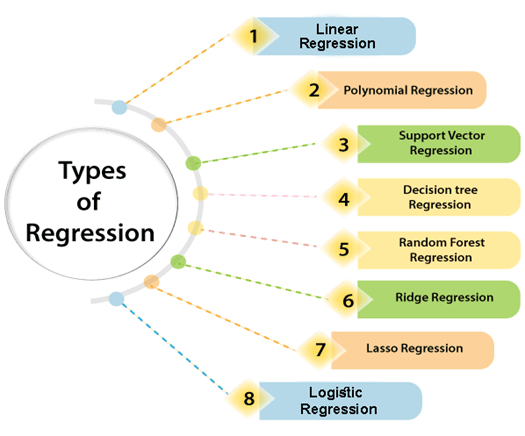
In addition to the nearest neighbor method, linear regression, and logistic regression, there are literally hundreds, if not thousands, of different machine learning techniques, but they all boil down to the same thing: trying to extract patterns and dependencies from data and using them either to gain understanding of a phenomenon or to predict future outcomes.
Machine learning can be a very hard problem and we can’t usually achieve a perfect method that would always produce the correct label. However, in most cases, a good but not perfect prediction is still better than none. Sometimes we may be able to produce better predictions by ourselves but we may still prefer to use machine learning because the machine will make its predictions faster and it will also keep churning out predictions without getting tired. Good examples are recommendation systems that need to predict what music, what videos, or what ads are more likely to be of interest to you.
The factors that affect how good a result we can achieve include:
- The hardness of the task: in handwritten digit recognition, if the digits are written very sloppily, even a human can’t always guess correctly what the writer intended
- The machine learning method: some methods are far better for a particular task than others
- The amount of training data: from only a few examples, it is impossible to obtain a good classifier
- The quality of the data
We know the importance of having enough data and the risks of over-fitting. Another equally important factor is the quality of the data. In order to build a model that generalises well to data outside of the training data, the training data needs to contain enough information that is relevant to the problem at hand. For example, if you create an image classifier that tells you what the image given to the algorithm is about, and you have trained it only on pictures of dogs and cats, it will assign everything it sees as either a dog or a cat. This would make sense if the algorithm is used in an environment where it will only see cats and dogs, but not if it is expected to see boats, cars, and flowers as well.
It is also important to emphasise that different machine learning methods are suitable for different tasks. Thus, there is no single best method for all problems (“one algorithm to rule them all...”). Fortunately, one can try out a large number of different methods and see which one of them works best in the problem at hand.
This leads us to a point that is very important but often overlooked in practice: what it means to work better. In the digit recognition task, a good method would of course produce the correct label most of the time. We can measure this by the classification error: the fraction of cases where our classifier outputs the wrong class. In predicting apartment prices, the quality measure is typically something like the difference between the predicted price and the final price for which the apartment is sold. In many real-life applications, it is also worse to err in one direction than in another: setting the price too high may delay the process by months, but setting the price too low will mean less money for the seller. And to take yet another example, failing to detect a pedestrian in front of a car is a far worse error than falsely detecting one when there is none.
We can’t usually achieve zero error, but perhaps we will be happy with error less than 1 in 100 (or 1%). This too depends on the application: you wouldn’t be happy to have only 99% safe cars on the streets, but being able to predict whether you’ll like a new song with that accuracy may be more than enough for a pleasant listening experience. Keeping the actual goal in mind at all times helps us make sure that we create actual added value.
0 comments:
Post a Comment